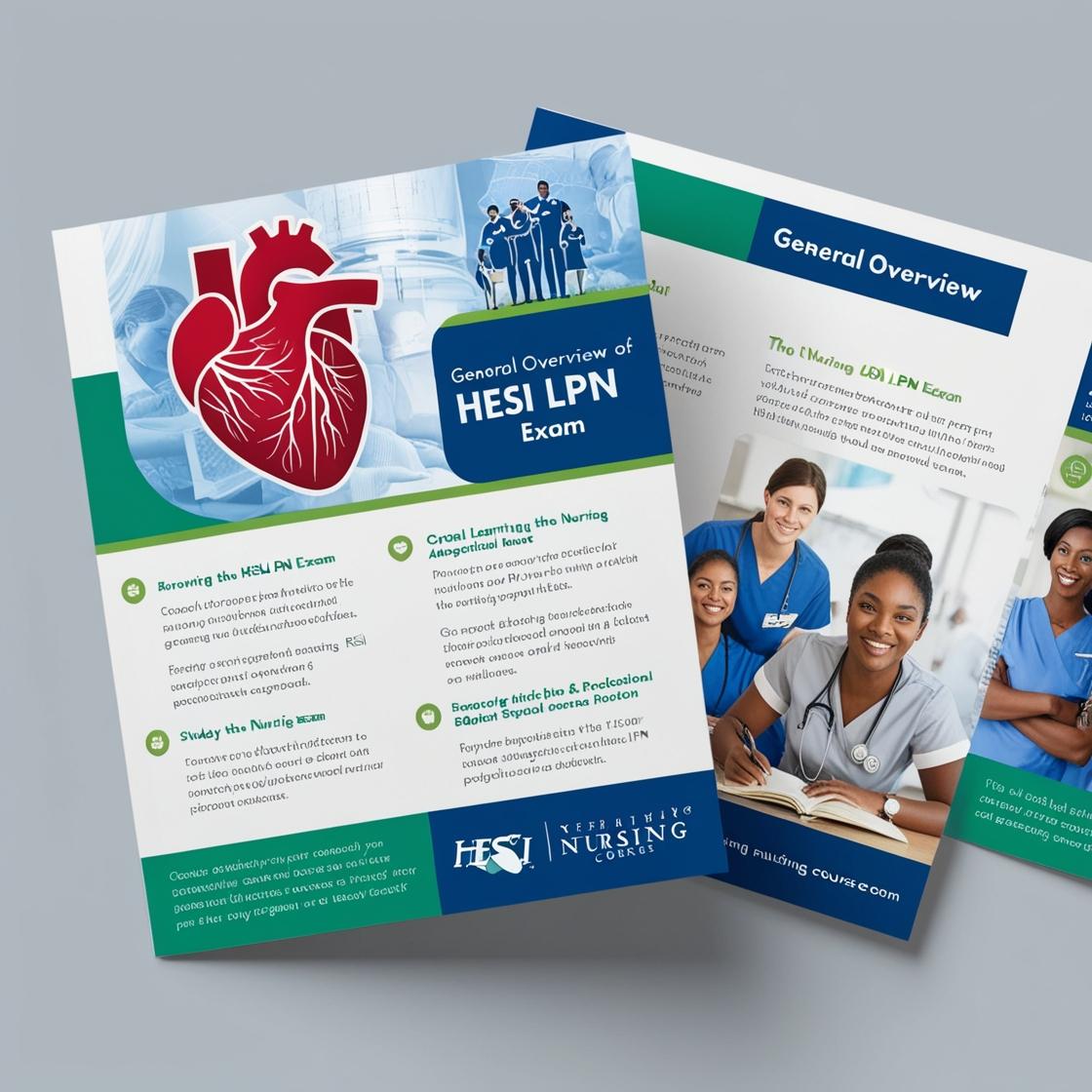HESI LPN
Pediatric Practice Exam HESI
1. The nurse is obtaining a health history from parents of a 4-month-old boy with congenital hypothyroidism. What would the nurse most likely assess?
- A. The child's growth is above normal for his age.
- B. The child is active and playful.
- C. The skin appears pink and healthy.
- D. It is difficult to keep the child awake.
Correct answer: D
Rationale: The correct answer is D. Congenital hypothyroidism in infants often leads to lethargy and difficulty staying awake due to low thyroid hormone levels. Assessing the child's ability to stay awake is crucial in identifying signs of hypothyroidism. Choices A, B, and C are incorrect because above-normal growth, being active and playful, and having healthy-looking skin are not typical manifestations of congenital hypothyroidism. Instead, infants with hypothyroidism may exhibit poor weight gain, decreased activity, and dry, pale skin.
2. A 4-year-old child is admitted to the hospital with a diagnosis of epiglottitis. What is the priority nursing intervention?
- A. Administer antibiotics
- B. Provide humidified oxygen
- C. Keep the child NPO
- D. Position the child upright
Correct answer: C
Rationale: The priority nursing intervention for a 4-year-old child admitted to the hospital with epiglottitis is to keep the child NPO (nothing by mouth). Epiglottitis is a serious condition that can lead to airway obstruction. Keeping the child NPO helps prevent further compromise of the airway and reduces the risk of aspiration. Administering antibiotics may be necessary but ensuring the airway is not compromised takes precedence. Providing humidified oxygen is important for respiratory support, but not the priority over maintaining a patent airway. Positioning the child upright can help with breathing and comfort, but it does not directly address the immediate risk of airway compromise associated with epiglottitis.
3. A child has coarctation of the aorta. What does the nurse expect to identify when taking the child’s vital signs?
- A. A weak radial pulse
- B. An irregular heartbeat
- C. A bounding femoral pulse
- D. An elevated radial blood pressure
Correct answer: A
Rationale: When a child has coarctation of the aorta, the nurse would expect to identify a weak radial pulse when taking the child's vital signs. Coarctation of the aorta results in a narrowing of the aorta, leading to reduced blood flow and a weakened pulse. An irregular heartbeat (Choice B) is less likely to be associated with coarctation of the aorta. Similarly, a bounding femoral pulse (Choice C) is not typically observed with this condition. An elevated radial blood pressure (Choice D) is less common as coarctation of the aorta usually causes decreased blood pressure in the lower extremities due to the aortic narrowing.
4. A nurse on the pediatric unit is observing the developmental skills of several 2-year-old children in the playroom. Which child should the nurse continue to evaluate?
- A. Cannot stand on one foot
- B. Builds a tower of 7 blocks
- C. Uses echolalia when speaking
- D. Colors outside the lines of a picture
Correct answer: C
Rationale: The correct answer is C because using echolalia (repeating words or phrases) is not typical for a 2-year-old and may indicate the need for further evaluation. Choices A, B, and D are within the expected developmental skills for a 2-year-old. While a 2-year-old may not be able to stand on one foot for an extended period, it is not a concerning developmental milestone at this age. Building a tower of 7 blocks and coloring outside the lines of a picture are both age-appropriate activities that demonstrate fine motor skills and creativity, respectively. However, echolalia at this age could be a sign of an underlying communication or developmental issue that warrants further assessment and monitoring.
5. A child with a diagnosis of diabetes mellitus is being discharged from the hospital. What is important for the nurse to include in the discharge teaching?
- A. Monitor blood glucose levels daily
- B. Administer insulin based on blood glucose levels
- C. Recognize signs of hypoglycemia
- D. Follow a specific meal plan
Correct answer: D
Rationale: For a child with diabetes mellitus, following a specific meal plan is crucial for managing blood glucose levels effectively. This helps in maintaining stable blood sugar levels and preventing complications associated with the condition. Monitoring blood glucose levels daily and recognizing signs of hypoglycemia are also important aspects of managing diabetes; however, adherence to a specific meal plan plays a fundamental role in overall diabetes care. Administering insulin based on blood glucose levels alone is not recommended without a specific plan provided by healthcare providers.
Similar Questions

Access More Features
HESI LPN Basic
$69.99/ 30 days
- 50,000 Questions with answers
- All HESI courses Coverage
- 30 days access @ $69.99
HESI LPN Premium
$149.99/ 90 days
- 50,000 Questions with answers
- All HESI courses Coverage
- 30 days access @ $149.99
